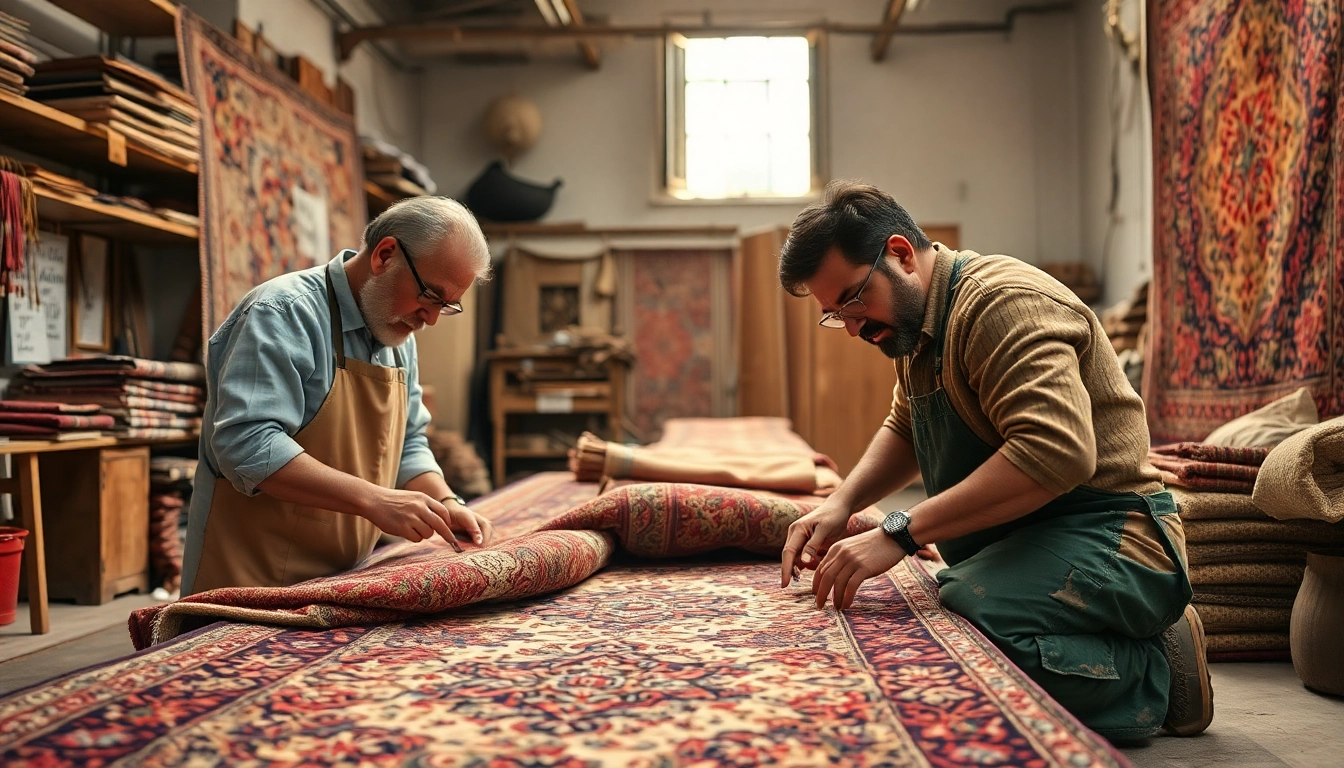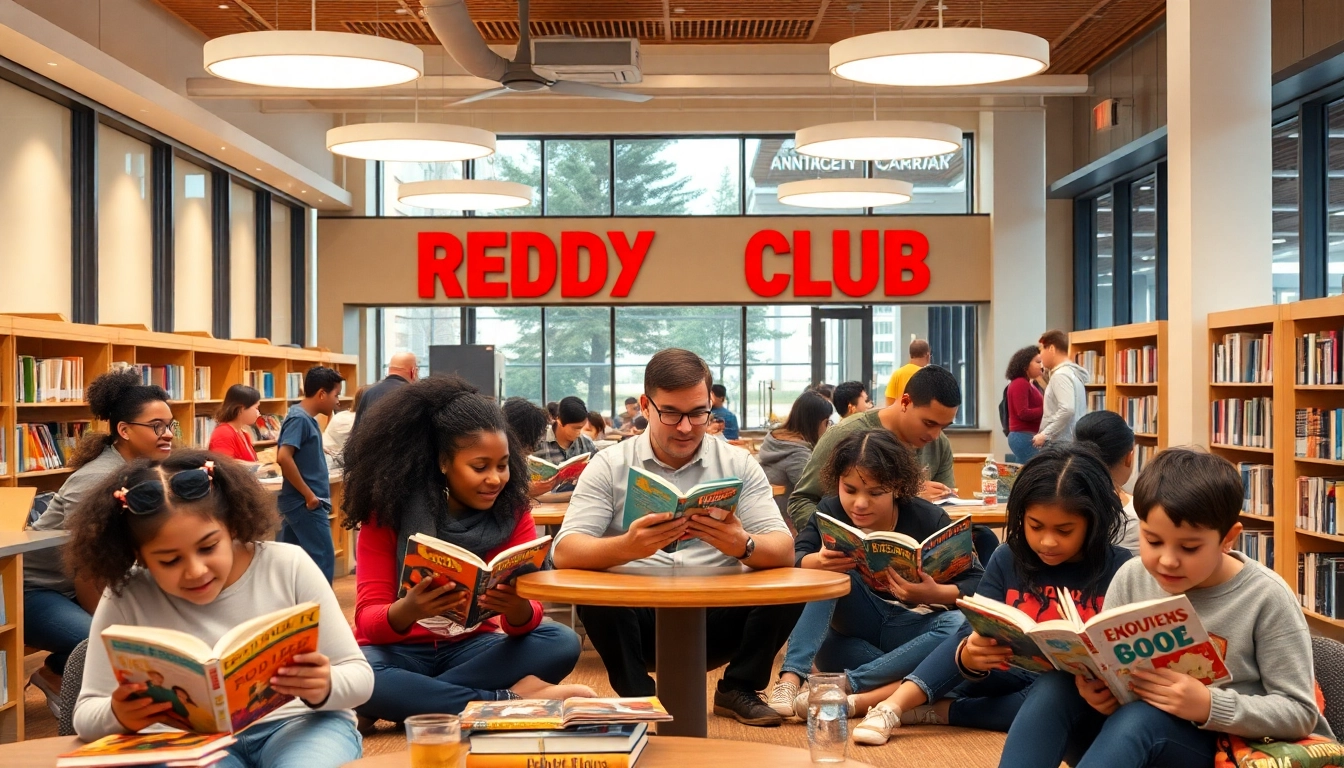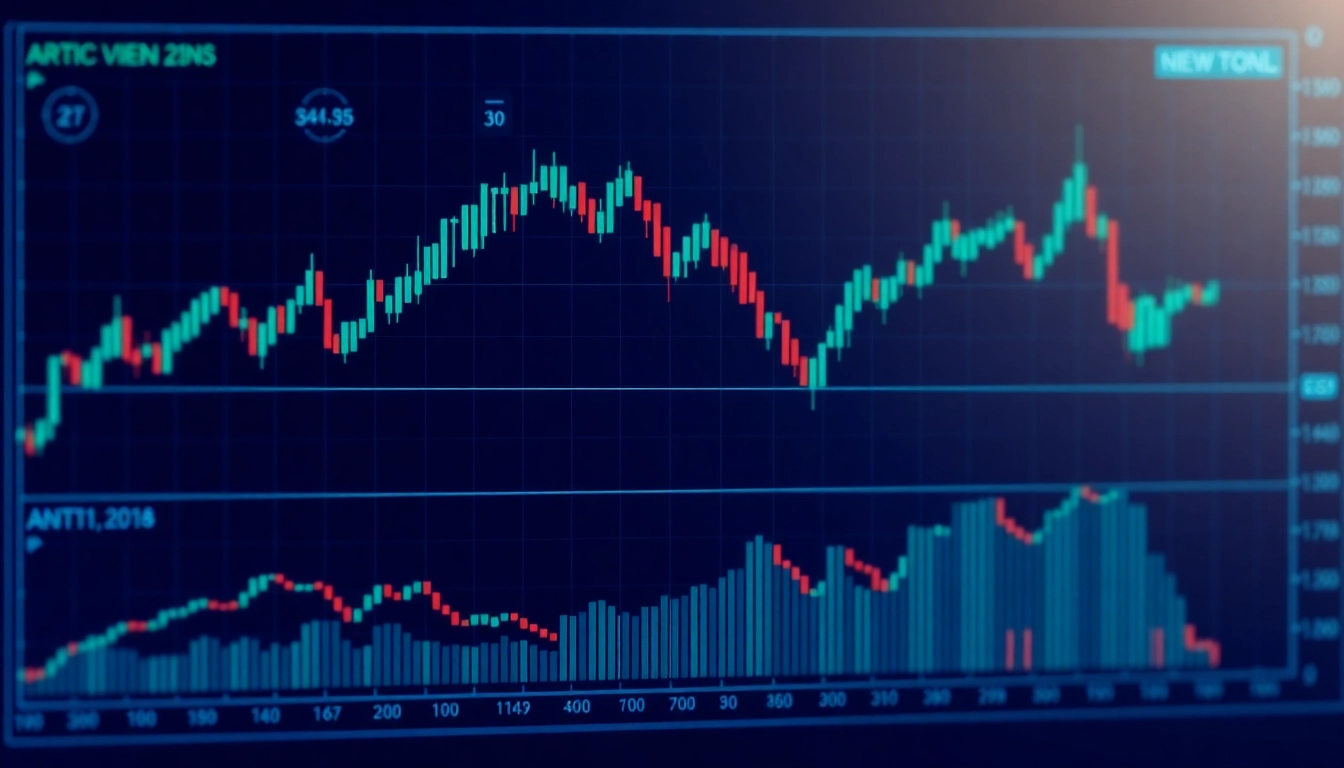Understanding the Importance of Restauro Tappeti Milano
When it comes to preserving the charm, history, and value of valuable rugs, professional restoration, or restauro tappeti milano, plays a crucial role. Whether you own a priceless antique Persian carpet or a contemporary piece with sentimental significance, ensuring its longevity requires expertise, precision, and an understanding of proper techniques. Milan, being a hub for art, design, and craftsmanship, boasts numerous specialized centers dedicated to maintaining and restoring these textile treasures. Restoring a rug isn’t merely about repairing visible damage; it involves a comprehensive process that safeguards the material’s integrity, aesthetic appeal, and historical authenticity.
Choosing a professional restoration service in Milan ensures that your rug receives the highest level of care using advanced techniques that respect its origin and unique fabric. For those seeking assistance or more information, the Restauro Tappeti milano providers offer expert solutions tailored to each piece’s specific needs.
Why Professional Restoration Is Essential for Antique and Modern Rugs
Rugs, especially antique and high-value pieces, are susceptible to a range of damages over time—rips, frayed edges, color fading, stains, and structural weakening. Untreated or poorly executed repairs can diminish their beauty and monetary value, and in some cases, render them irreparable. Professional restoration ensures that these issues are addressed with specialized techniques, preserving the rug’s authenticity and prolonging its life.
For example, ancient Persian carpets often feature intricate knotting and dyes that require delicate handling. Expert restorers utilize traditional craftsmanship combined with modern technology to repair damages without compromising the original design. Additionally, professional restoration can help clear accumulated dirt and pollutants that degrade fibers, thus preventing further deterioration.
A well-restored rug becomes a timeless piece of art, ready to be appreciated by future generations, making professional restoration an invaluable investment.
Common Damages Faced by Tappeti and Their Restoration Solutions
Tappeti face various forms of deterioration that demand specific restoration strategies:
- Physical Tears and Rips: These occur due to frequent foot traffic or accidental pulls. Restoration involves reweaving or patching damaged areas with matching fibers.
- Fraying and Wear of Edges/Fringe: Fringes tend to fray or come loose over time. Repair includes reattaching or replacing frays with similar materials.
- Color Fading and Bleaching: Exposure to sunlight or cleaning chemicals can fade colors. Restoration involves re-dyeing with authentic, colorfast inks that match original hues.
- Stains and Spots: Organic or chemical stains require specialized cleaning and sometimes dyeing techniques to remove or mask discolorations.
- Structural Weakening: Base fibers can become fragile, making the rug prone to collapsing. Reinforcement with secondary backing and stabilization techniques restore strength.
Addressing these damages promptly prevents further deterioration. Expert restorers assess each issue carefully and develop customized treatment plans, ensuring the rug’s preservation and aesthetic revival.
How Restoration Enhances Rug Value and Longevity
Restoring a rug not only revitalizes its appearance but also significantly boosts its market value. A well-maintained, professionally restored piece retains or even increases its worth, especially in the case of antique and collectible rugs. Additionally, restoration enhances the durability of fibers and dyes, making the rug resistant to future damage.
For collectors and homeowners alike, these interventions mean longer intervals between repairs and reduced long-term costs. Properly restored rugs serve as both functional decor and historical artifacts, enriching any interior with their cultural significance.
In essence, professional restoration acts as a protective layer—securing the rug’s historical essence while ensuring it remains a beautiful, functional part of your living space for decades to come.
Step-by-Step Guide to Restauro Tappeti Milanese Techniques
Initial assessment and damage diagnosis
The restoration process begins with a comprehensive evaluation of the rug’s condition. Experts inspect for structural damages, fiber deterioration, dye stability, and any evidence of previous repairs. Diagnostic tools such as magnifying glasses, UV light, and dye tests help identify hidden issues and plan effective treatments.
This stage ensures that each problem is correctly diagnosed, setting the foundation for tailored restoration strategies.
Cleaning and preparation for restoration
A thorough cleaning removes dirt, dust, and pollutants that can interfere with subsequent repair work. Restorers employ delicate, pH-neutral solutions and techniques like hand washing or low-pressure steam cleaning, especially for delicate fibers. Proper cleaning not only improves appearance but also reveals underlying damages for targeted repair.
Preparation also involves stabilizing loose fibers or fringes, and consolidating weak areas to prevent further unraveling.
Restoration methods: repair, reweaving, dyeing, and reinforcement
The core restoration techniques include:
- Repair & Reweaving: Damaged sections are rewoven with matching fibers, often by hand using traditional knotting methods to match the original design.
- Dyeing: Color restoration involves carefully re-dyeing faded or damaged areas using natural or synthetic dyes that mimic original tones, ensuring historical accuracy.
- Reinforcement: Structural weaknesses are addressed by inserting supportive backing or using modern adhesives to stabilize the foundation.
These processes demand expert craftsmanship to maintain the artistic integrity of the original piece.
Choosing the Right Restauro Tappeti Milano Service
Key factors to consider: experience, techniques, and certifications
Selecting a restoration provider in Milan requires careful consideration. Experience is paramount—centers with decades of expertise have honed their skills in handling various rug types and damages. Proven techniques, such as traditional hand reweaving paired with modern dyeing processes, ensure quality results. Certification by recognized textile or art restoration associations further guarantees professionalism and adherence to industry standards.
Reviewing previous case studies and client testimonials helps assess the company’s track record.
Questions to ask your restoration expert
Before entrusting your valuable rug, inquire about specific procedures, estimated costs, timelines, and guarantees. Key questions include:
- What restoration techniques will be used for my rug?
- Can you provide before-and-after photos of similar projects?
- What is the estimated cost and duration?
- Do you offer a warranty on your work?
- How do you ensure color and fiber authenticity?
Transparent communication and detailed estimates reflect a professional and trustworthy service.
Case studies: before and after restoration success stories
Many Milanese clients have transformed worn or damaged rugs into masterpieces. For instance, a centuries-old Persian rug with fading colors and frayed edges was meticulously reweaved, re-dyed, and reinforced, restoring its original vibrancy and structural integrity. The result was a stunning display piece that doubled in value and aesthetic appeal.
These success stories exemplify how expert intervention can revive even severely compromised pieces.
Cost, Timeframe, and Maintenance of Restauro Tappeti Milani
Average pricing for different restoration types
Restoration costs vary based on damage severity, rug size, and complexity. Minor repairs like fringe reattachment may cost around €50-€200, while extensive reweaving and dyeing can reach €500-€1,000 or more. The overall value of the rug and the desired outcome influence pricing, but investing in quality restoration ensures durability and preservation of value.
Expected restoration durations and scheduling tips
Minor repairs typically take 1-2 weeks, while comprehensive restorations might require 4-8 weeks, depending on the workload and piece complexity. It is advisable to schedule restorations well in advance, especially for significant events or exhibitions. Communicate clearly with the service provider to establish realistic timelines.
Tips for ongoing rug care and preservation after restoration
Post-restoration care is vital for maintaining rug beauty. Regular gentle vacuuming, avoiding direct sunlight, and promptly cleaning spills prevent long-term damage. Using appropriate padding under rugs also reduces friction and wear.
Periodic professional inspections and gentle cleaning extend the lifespan, ensuring your investment remains pristine.
Ensuring Long-Term Preservation of Your Rugs
Best practices for cleaning and storage
Use soft brushes or vacuums with protective screens to prevent fiber damage. When storing rugs long-term, roll them with the pile facing inward, and store in a cool, dry, and ventilated space, away from direct sunlight and pests. Climate control and pest prevention, including regular inspection, are essential.
Preventative measures to avoid future damage
Applying protective coatings or repellents recommended by restoration experts can help deter stains, insect infestation, and fiber deterioration. Avoid placing rugs in high-traffic areas or near heat sources—these accelerate wear and damage.
Periodic maintenance and professional check-ups
Regular maintenance by professional restorers can catch early signs of deterioration, allowing timely intervention. This practice preserves the rug’s integrity, ensuring ongoing beauty and value.













